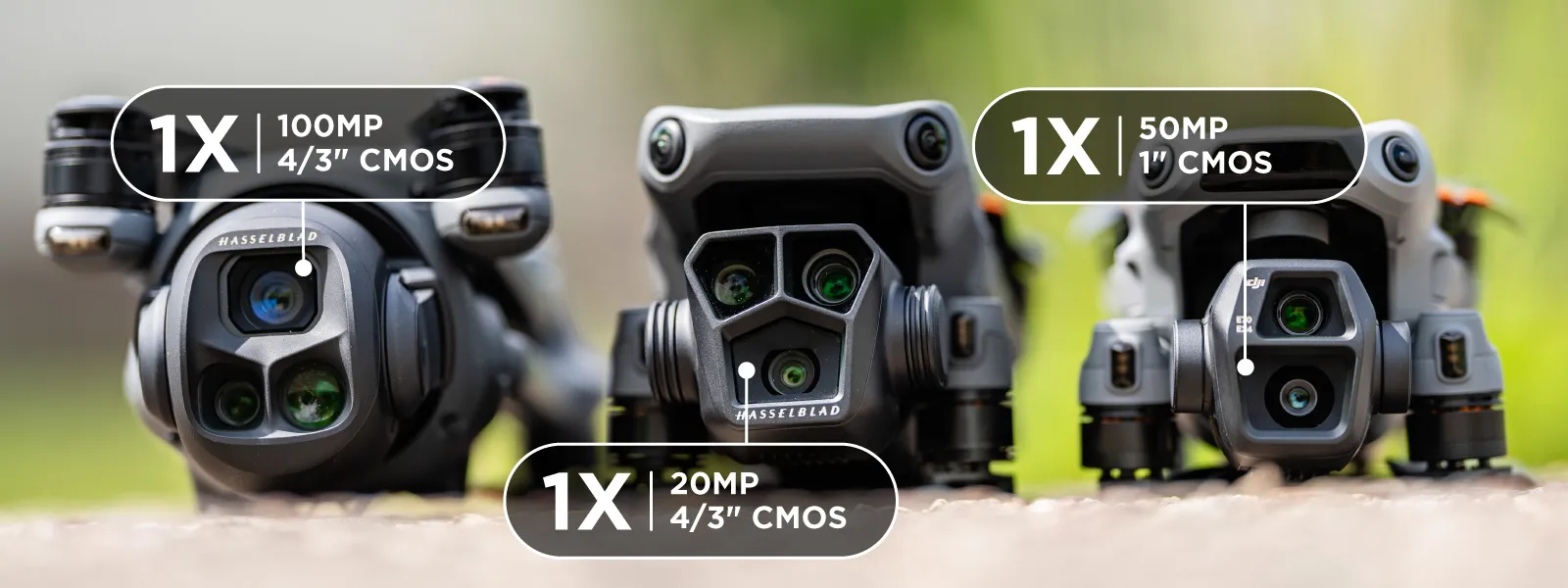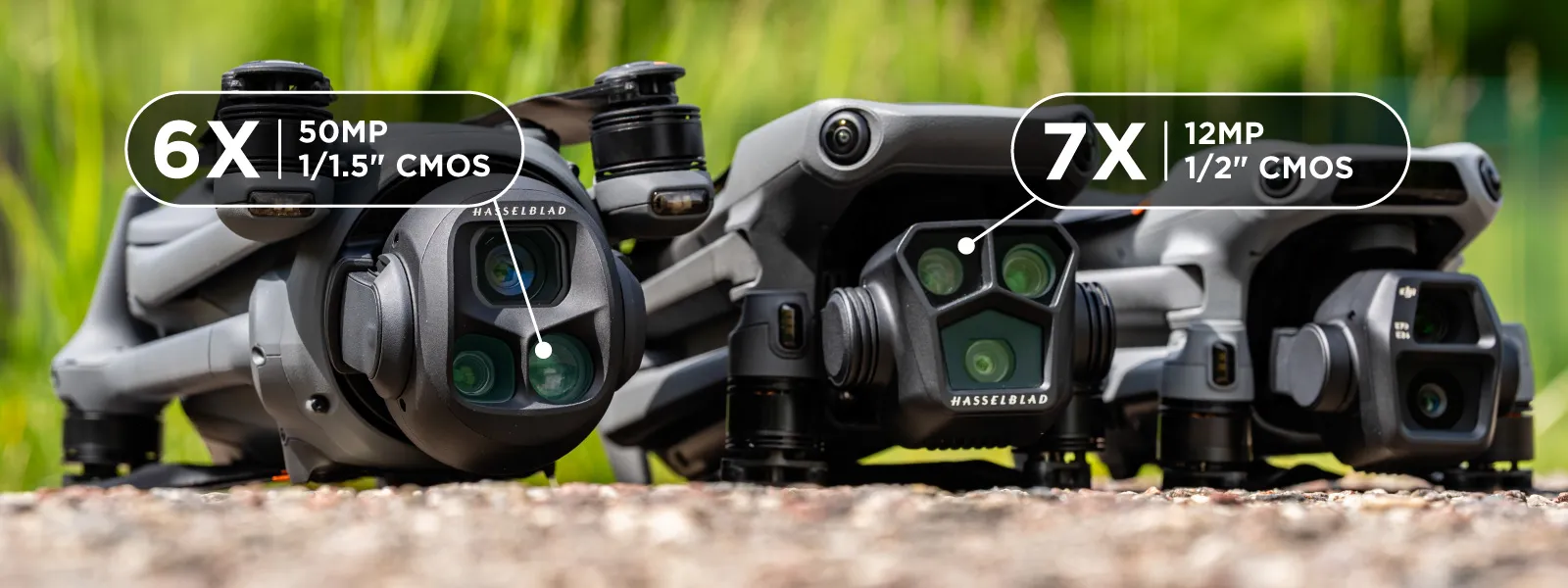DJI Mavic 4 Pro vs. DJI Air 3S vs. DJI Mavic 3 Pro – Concise Comparison
 Lukas
Zmejevskis
Lukas
Zmejevskis
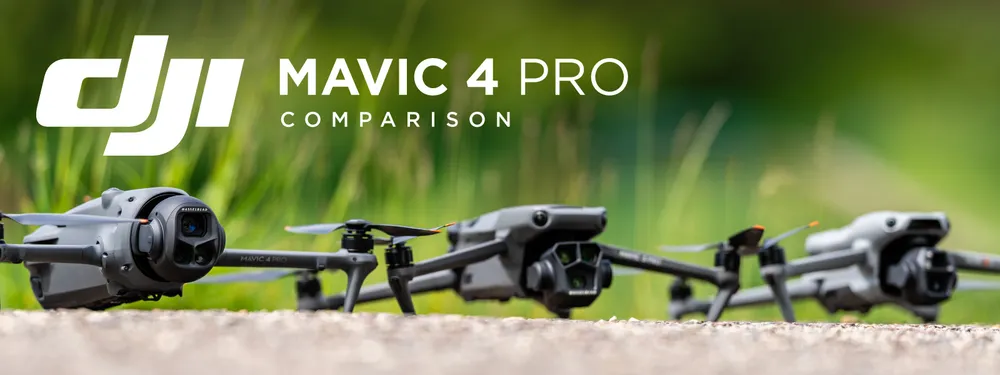
We are spoiled for choice when it comes to DJI drones. Arguably, the top three drones on the market are the titular Mavics and the newest Air. Mavic 4 Pro is now replacing the 3, and many drone pilots who are serious about content creation are curious if the upgrade is worth the hassle and money of getting a new drone. The excellent Air 3S is always an alternative option with little to no downsides. I have all of these drones, and before I choose which one to keep, I will make a concise, no-nonsense comparison in this article.
Hardware and Flight Characteristics
I will start each paragraph with a spec sheet comparison and add my comments, which stem from practical drone use, below. I will also adjust specs to real-world measurements to avoid marketing bias.
The physical hardware of all drones is excellent. Practical operation differences are negligible. You may like one feature or the other on each drone more—it is a matter of subjectivity.
The DJI Air 3S offers the best flight experience. It has less inertia, and the battery lasts the longest. The older Mavic 3 Pro's flight experience is less good because it is a bit more sluggish and does not have the O4 transmission, which is incrementally better than the O3. The Mavic 4 Pro's flight experience is excellent—it just feels a bit heavier than the Air.
I will mention this here because, in my opinion, it breaks the Mavic 3 Pro experience: DJI RC (the first one) is relatively weak and leaves a bad impression of the transmission signal and Android performance. I have the DJI RC N1 remote, which does not have a screen but is much better in practice. I would avoid the first-generation DJI RC altogether.
The main difference that could be noticeable is the new type of obstacle avoidance on the newer drones. LiDAR enhances frontal detection, making it a bit more sensitive, more precise in some cases, and operational in darker lighting conditions. The entirely visual system of the Mavic 3 Pro is more conservative overall and thus can be intrusive. It will also stop working in dim conditions earlier than the other two. If you rely on these systems and various types of tracking a lot, newer systems might be a real selling point.
All of these drones represent the latest or recent-generation GPS drone flying experience. The DJI Fly app is the same on all of them, and the feature set is almost identical. Nothing is strictly better to compare these to on the market.
Photo Quality
1x camera module specifications:
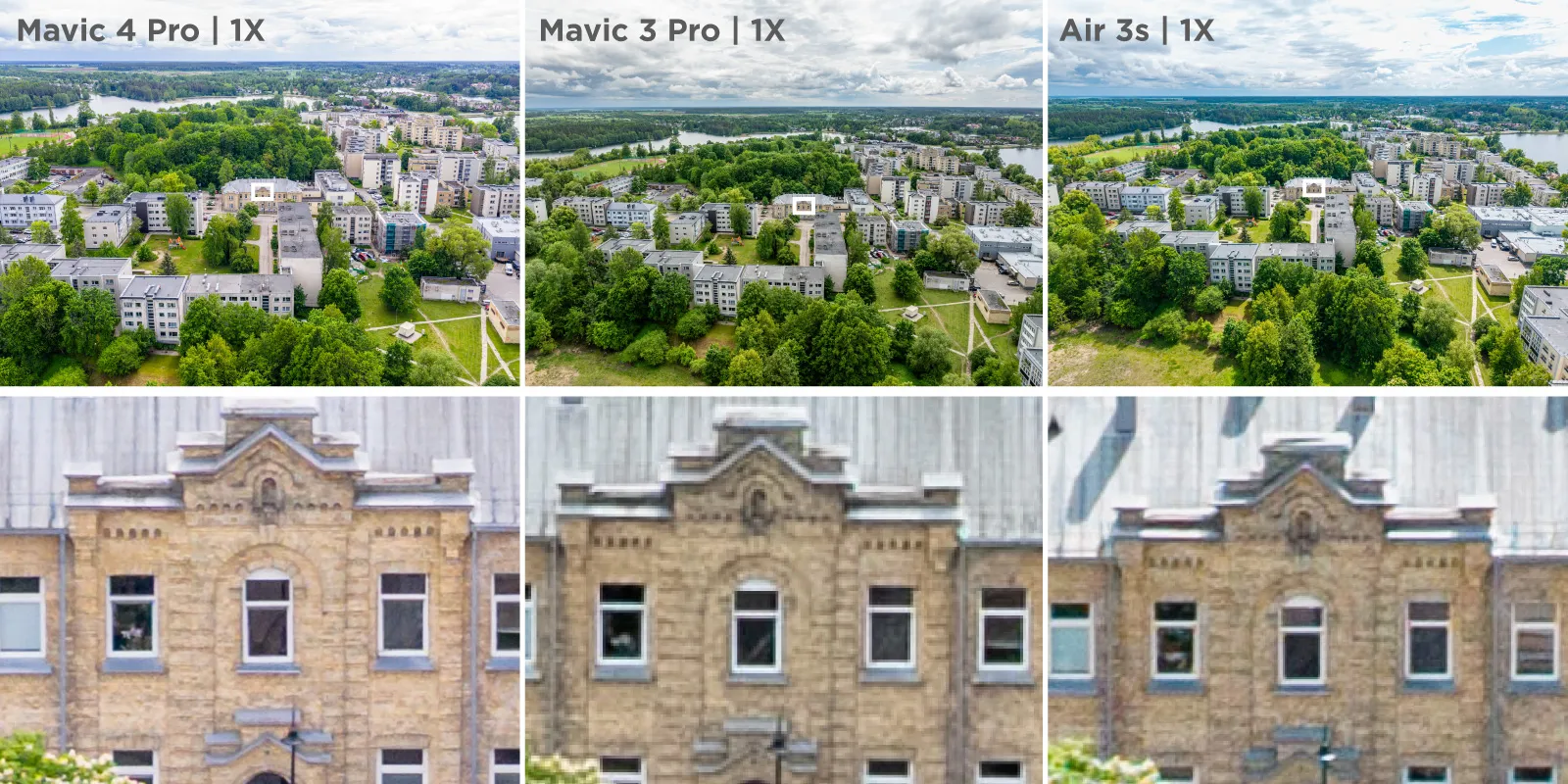
The main thing to discuss here is Air 3S's primary camera combo. It has no variable aperture, so that can sometimes be an inconvenience. However, it has a brighter lens, which makes it on par with or better than the Mavic 3 Pro regarding photo quality, despite having a smaller sensor. The 50-megapixel mode is also usable, which furthers the claim that for 1x photos, the DJI Air 3S beats the Mavic 3 Pro. Mavic 4 Pro is overall better than both, but it has a tighter field of view (maybe we will get a wide-angle lens adapter?).
Medium tele camera (2.5x - 3x) specifications

Medium telephoto modules produce similar results from all drones, especially when shooting RAW and processing the photos yourself. Straight-out-of-camera JPEGs are probably technically best from the Mavic 4 Pro.
Tele camera (6x - 7x) specifications
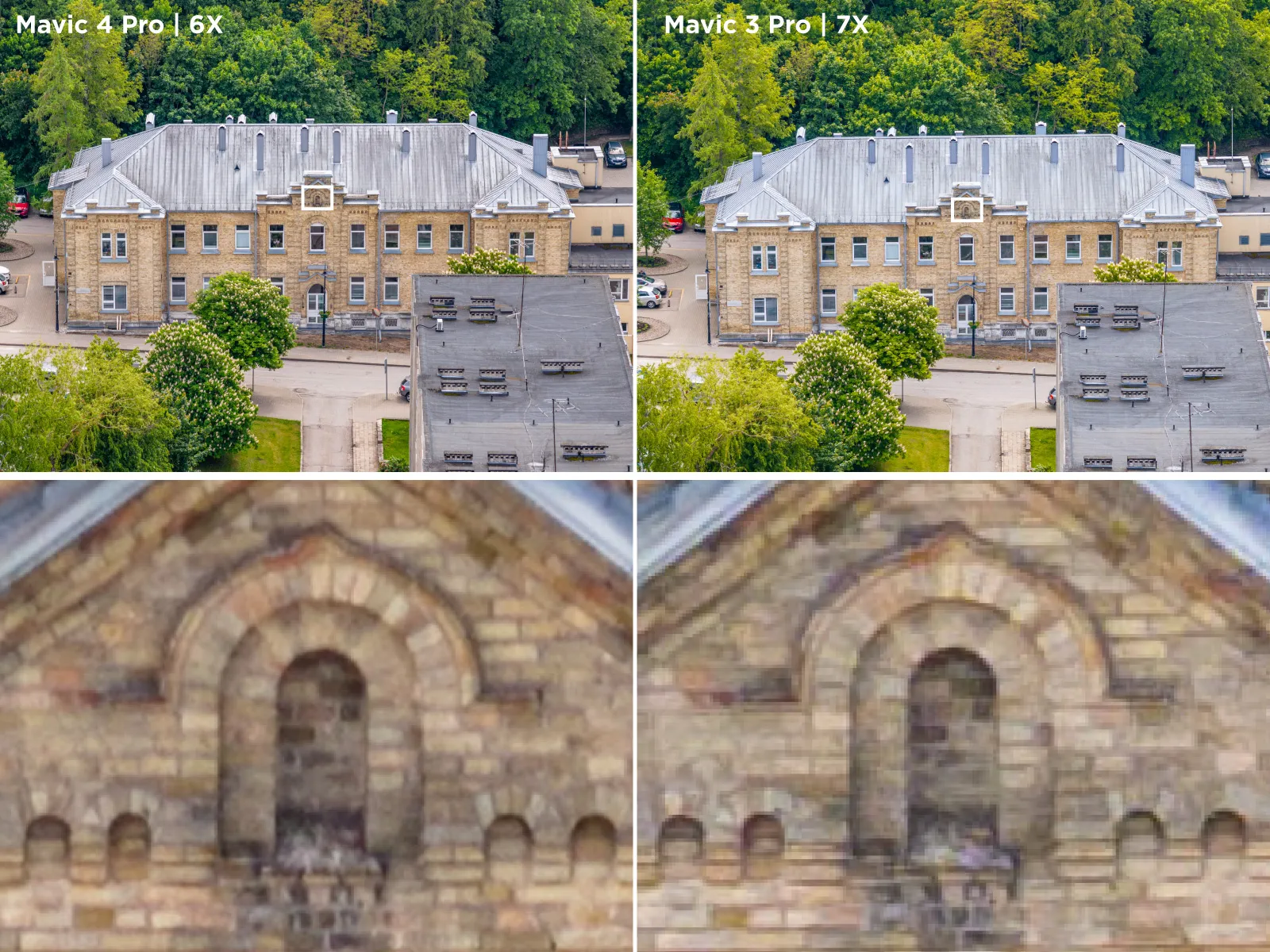
Photos coming out of the telephoto module from the Mavic 4 Pro are noticeably better than those of the Mavic 3 Pro. Larger sensor – more resolution – a newer algorithm – incremental step up.
Video Quality and Specification
Main 1x camera:
Video from the primary 1x camera from these drones is excellent through and through. The specs reflect the incrementally better Mavic 4 Pro, followed by the Mavic 3 and then the Air. The difference is relatively slight overall, but if you are in the professional content creation space and want the best—Mavic 4 Pro is your choice. These differences become more visible in lower light conditions, where the Mavic 4 Pro pulls a noticeable lead with its larger sensor and brighter lens. However, the difference between the Air 3S and Mavic 3 Pro is almost nonexistent due to the brighter lens for the Air, which compensates for a smaller sensor. Mavic 3 Pro also does NOT have the style setting where we can turn down sharpening and noise reduction for even better results (this applies to all camera modules).
Medium tele camera module:
Mid-telephoto modules are quite similar among all drones. Due to incremental algorithm advancements, the Mavic 4 Pro does produce slightly better overall results. Still, the difference is quite nuanced when compared to the Air 3S. Mavic 3 Pro output is marginally worse, mainly due to not having style options. Mavic 4 Pro also boasts the ability to do D-Log on all modules, which is excellent if you like to use it. I usually prefer the D-Log M gamma unless the maximum dynamic range is absolutely essential for the shot. DJI now provides official LUTs for Mavic 4 Pro, which are pretty good.
Telephoto camera module:
The telephoto camera on the Mavic 4 Pro has a larger sensor, so it produces slightly better video overall. Tracking performance with this camera is also better. If you like that aerial telephoto perspective, this is a strong selling point for the newer drone.
Slow motion video specs:
All slow-motion modes induce a crop. With the main 1x cameras, the crop is quite strong (about 1.5x), so you will not get the same "look" as regular video. In addition to that, slow-motion modes provide much less sharpness, and videos are much noisier. It is an expected behavior—to read out so many frames, the system cannot use the entire sensor, and thus, having a quality reduction is just a natural tradeoff. If slow motion matters to you, the Mavic 4 Pro is by far the best option of these three.
Additional Remarks
The new gimbal. Mavic 4 Pro has a new style of gimbal, which can roll quite a lot in some situations. It is a nice addition, but it has many limitations when using it in real-world filming. I would NOT base my purchasing decisions on this feature because it is very limited and will not provide any revolutionary (pun intended) changes to your footage. So just a small advantage for the Mavic 4 Pro. Regarding regular video capture, I have not noticed any downsides yet.
 Remotes. DJI RC2 is the same for the Air 3S and the Mavic 4 Pro. As mentioned, we avoid the first-generation DJI RC for the Mavic 3 Pro due to its weak performance. So, having the screen option may be a selling point for the other two, and I do recommend getting it. There are different remote options, but those are pretty expensive for little added value.
Remotes. DJI RC2 is the same for the Air 3S and the Mavic 4 Pro. As mentioned, we avoid the first-generation DJI RC for the Mavic 3 Pro due to its weak performance. So, having the screen option may be a selling point for the other two, and I do recommend getting it. There are different remote options, but those are pretty expensive for little added value.
Tracking. ActiveTrack gets incrementally better with each generation and each drone release. There is barely a difference in how the Mavic 4 Pro does tracking vs. the relatively new Air 3S, but these both will outperform the older Mavic 3 Pro. However, because there are so many different variables when it comes to subject tracking, it is pretty challenging to point out exact differences.
Accessories. All Fly More combos come with decent bags. The Mavic Pro 4 does not come with ND filters, while the Air 3S does not have a charging brick in the box, which is annoying. The new Mavic 4 Pro will probably get something fancy like an electronic ND, which will not be cheap (there are electronic contacts on the camera).
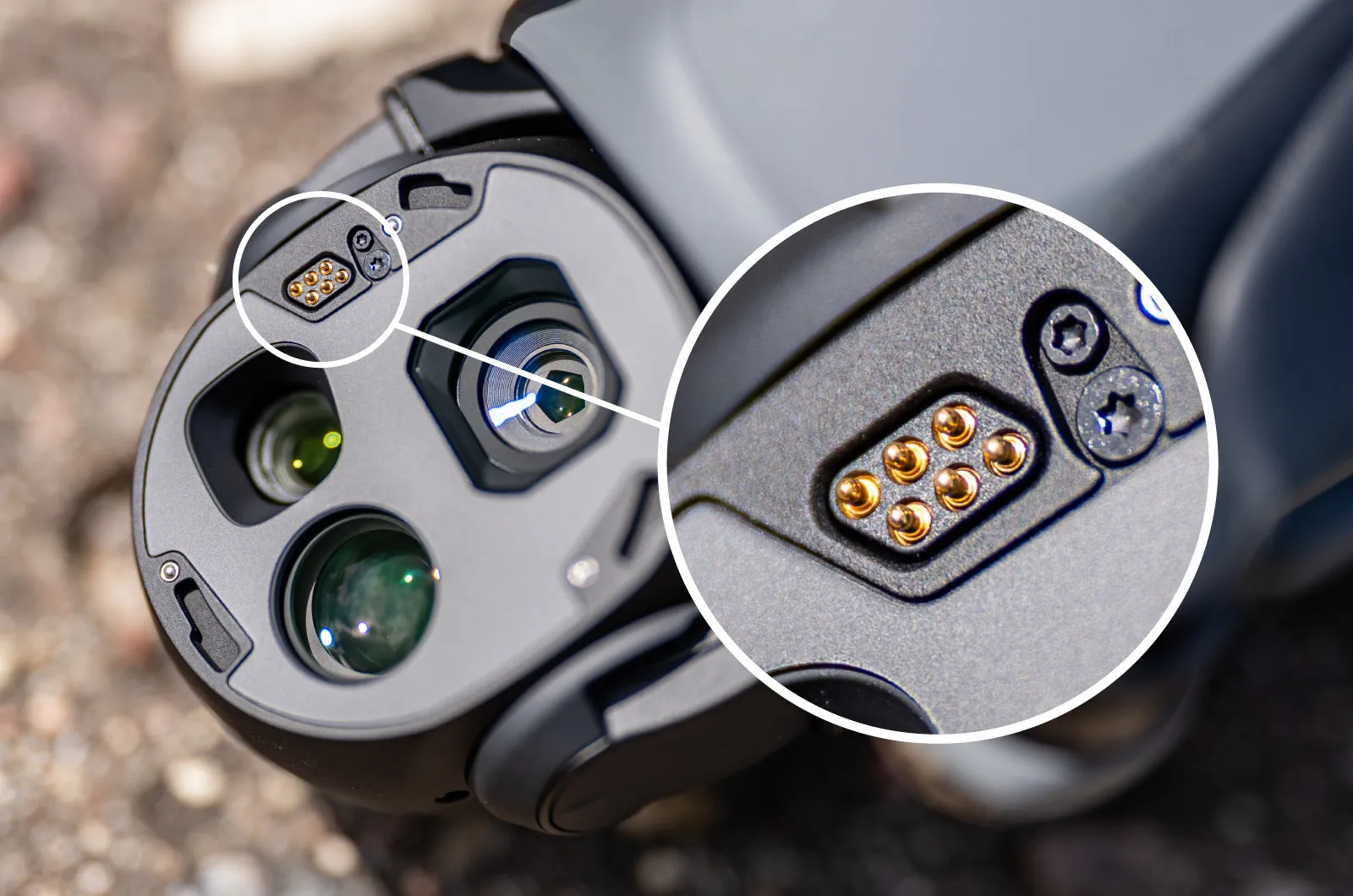 Conclusion
Conclusion
These three drones are the best on the market. Getting a good used Mavic 3 Pro for a reasonable price is excellent. The smaller and lighter Air 3S is superb in all aspects. The new flagship Mavic 4 Pro does not disappoint overall. I hope this comparison allows us to firmly establish the difference between these drones and possibly make the best purchasing decision. I know I used the word "incrementally" a lot, but that is the case with new tech advancement—especially when there is little to no competition for DJI. Frankly, I am glad to see that they are innovating something at this point while not blowing prices out of proportion. Next stop—the Mini 5.

Photographer - Drone Pilot - Photogrammetrist. Years of experience in gathering data for photogrammetry projects, client support and consultations, software testing, and working with development and marketing teams. Feel free to contact me via Pixpro Discord or email (l.zmejevskis@pix-pro.com) if you have any questions about our blog.
Related Blog Posts
Our Related Posts
All of our tools and technologies are designed, modified and updated keeping your needs in mind
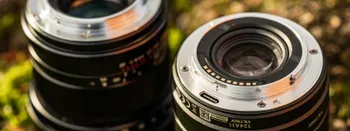
Viltrox 14mm vs. Pergear 14 mm Lens – Choosing for Interior Photogrammetry
Ultrawide-angle lenses are most commonly used in photogrammetry for interior scanning. I am planning to do an interior-type construction site scan, so I need a lens for my Sony full-frame camera. There are plenty of premium wide-angle options, but I need something that provides the best image qualit

Gaussian Splatting vs. Photogrammetry
Every few years, something new shows up online claiming to “revolutionize” 3D reconstruction. A while back it was NeRFs. Now it is Gaussian splatting — with endless YouTube clips of people walking through photorealistic 3D scenes that seem to render instantly.
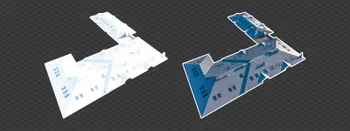
Photo Dynamic Range - Real Life Tests and Advice
Dynamic range is an inescapable term when talking about digital photo or video capture. Our human vision has an incredible ability to adapt, allowing us to perceive both very dark and very bright scenes. When a digital imaging sensor or even a chemical negative captures a scene frozen in time, it is
Ready to get started with your project?
You can choose from our three different plans or ask for a custom solution where you can process as many photos as you like!
Free 14-day trial. Cancel any time.
.svg@webp)
